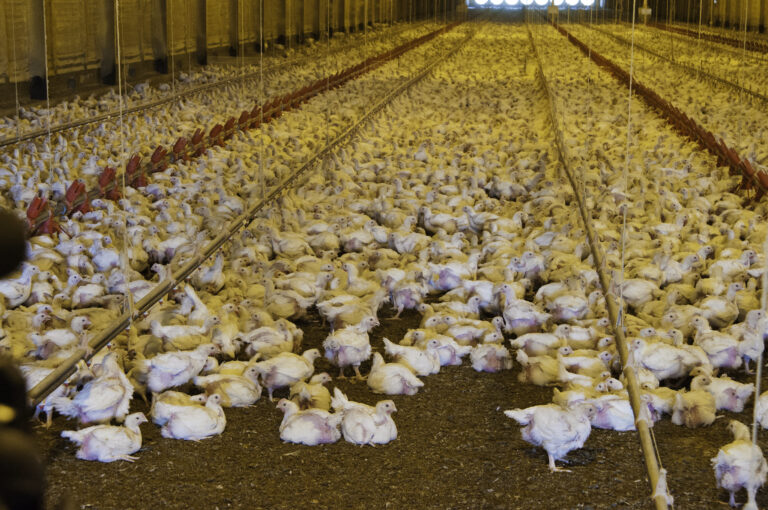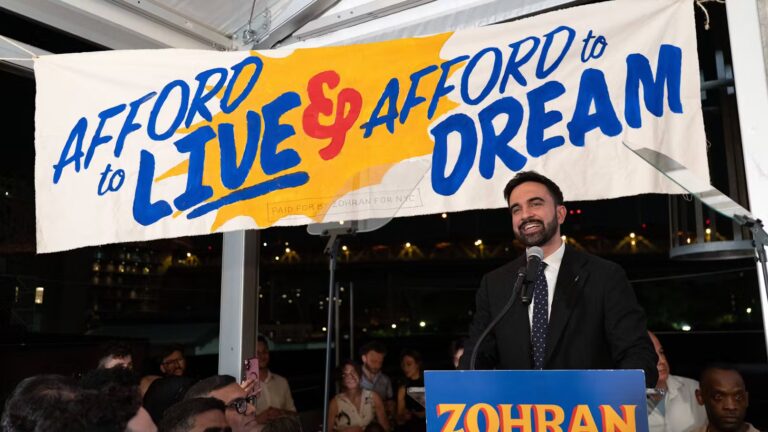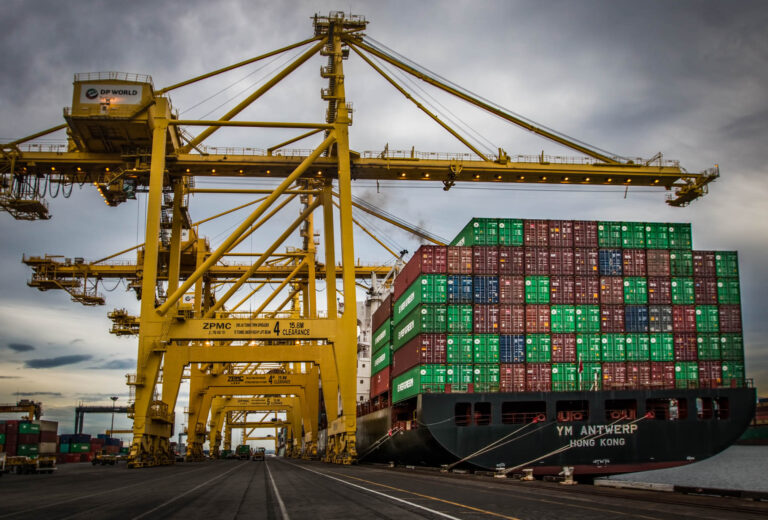Emily Miller is a student at Harvard Law School.
The EEOC announced Saturday that President Trump has appointed Victoria Lipnic as the Commission’s Acting Chair, reports JD Supra. Lipnic has served as Assistant Secretary for Labor and Employment Standards and, most recently, as a Commissioner of the EEOC since 2010. Lipnic, at one point believed to be a possible nominee for Secretary of Labor, was profiled by OnLabor here. Meanwhile, Slate reports that the EEOC is considering withdrawing from a case related to gender identity discrimination, citing “Administration-related changes” to explain delays in filing. Under the last administration, the EEOC treated discrimination based on sexual orientation and gender identity as illegal under existing federal law, and there are concerns that the EEOC under President Trump may become significantly less involved in these cases.
The New York Times reports that with increased automation, the demand for academically skilled employees in workplaces like factories has increased as well. The Times calls these “middle-skill” jobs, those that require more than a high school education but less than a bachelor’s degree. According to a study by the National Skills Coalition, these middle-skill jobs account for 55% of the labor market, but only 44% of workers have the requisite training to fill them. Some manufacturing employers have attempted to narrow the skill gap by working with local community colleges and offering apprenticeship programs. Apprenticeship programs have also received bipartisan support from the federal government in recent years, and advocates for such programs are hopeful that they will continue to enjoy such support under the Trump Administration.
President Trump’s controversial immigration order continued to be the subject of mass protest and criticism throughout the weekend. The Wall Street Journal reports that the immigration restrictions are likely to exacerbate existing labor shortages in the home-building industry, where the percentage of foreign-born workers can be upwards of 30%. Meanwhile, the Times notes that the ban is likely to have a negative impact on cultural institutions, with artists and actors from the seven enumerated countries facing a ban from the country under the executive order.






Daily News & Commentary
Start your day with our roundup of the latest labor developments. See all
December 12
OH vetoes bill weakening child labor protections; UT repeals public-sector bargaining ban; SCOTUS takes up case on post-arbitration award jurisdiction
December 11
House forces a vote on the “Protect America’s Workforce Act;” arguments on Trump’s executive order nullifying collective bargaining rights; and Penn State file a petition to form a union.
December 8
Private payrolls fall; NYC Council overrides mayoral veto on pay data; workers sue Starbucks.
December 7
Philadelphia transit workers indicate that a strike is imminent; a federal judge temporarily blocks State Department layoffs; and Virginia lawmakers consider legislation to repeal the state’s “right to work” law.
December 5
Netflix set to acquire Warner Bros., Gen Z men are the most pro-union generation in history, and lawmakers introduce the “No Robot Bosses Act.”
December 4
Unionized journalists win arbitration concerning AI, Starbucks challenges two NLRB rulings in the Fifth Circuit, and Philadelphia transit workers resume contract negotiations.